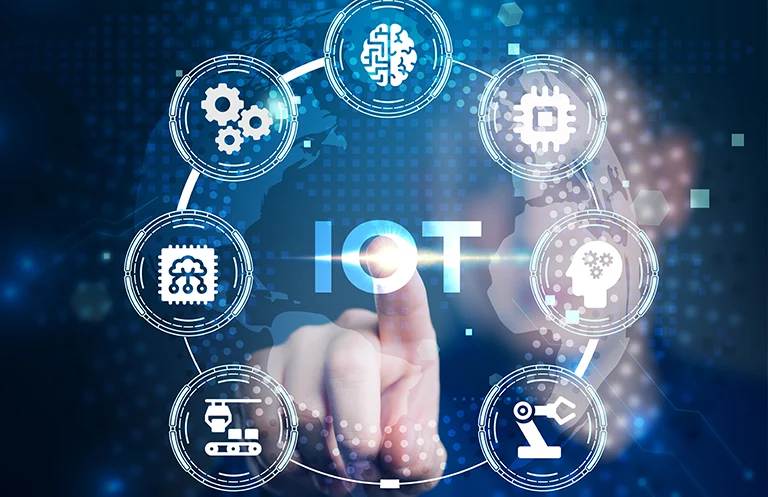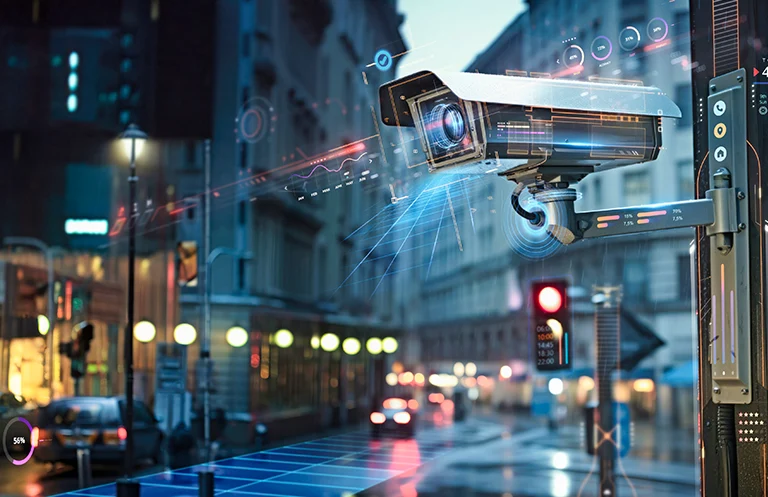There’s a proverb – “seeing is believing”. Human beings have 5 sensory organs, all equally important but we all have a tendency to trust the eyes above everything else. Similarly, computer-vision-enabled features are gaining exponential importance in automotive telematics, a market which is set to reach $ 75.79 Billion by 2025, with CAGR of 22+% (according to a report by Transparency Market Research)!
Telematics typically deals with capturing and sharing key parameters of a system over a network to a remote location for further decision making. Video analytics in telematics have a large number of applications. Just to quote some prime ones: ‘autonomous driving’, ‘ADAS’, ‘smart parking’ and ‘evidence for re-building accidents’ top the list.
There are different ways to categorize various Computer Vision Algorithms for Automotive IoT Solutions, for example, by technology (detection methodology, libraries used), by deployment scenario (edge based/server based), etc.
However, it makes more sense to look at the same from camera placement perspective as this is one of the most important factors that drive the end application of the video analytics/computer vision in practice.
Outward facing cameras
Vehicles these days typically have numerous outward facing cameras, both facing front as well as the rear of the vehicle, covering respective ‘Regions of Interest’. Some of the key video analytics applications of outward facing cameras are listed below:
- Accident/Incident scene re-building: In case of any accidents, or in fact post-accident proceedings, video evidence plays a pivotal role. This helps not only to re-build the incident and to zero-in on exact happenings, but in turn, also helps optimize the insurance premium. The fallout of the same obviously results in safeguarding the concerned user against inappropriate litigation.
- Autonomous driving and ADAS: The various vision-based algorithms go a long way in making autonomous driving a reality. Features such as object detection, pedestrian detection, lane departure warnings are just a few examples of how a video-based system can add value to the driving experience.
- Safe Driving and Assisted Parking: The vision-based algorithms such as blind spot detection, camera calibration, and optical self-diagnosis, or even the time of flight or LIDAR assisted camera system, can make driving a very safe and secure experience. Parking in a congested space with minimal wastage of time and efforts is a cherry on the top!
Inward facing cameras or dash-cams
Dash-cams or the cameras inside the vehicle (in the driver’s cabin in most of the cases) play an equally crucial role in the automotive telematics and ADAS field.
- Driver behavior analysis: This is one of the most important applications of computer vision that leverages inward facing cameras. Insights into driver behavior and quality of driving not only have a direct impact on road safety (for self and others), but also help improve driver performance. Some of the key risky driver behavior indications that computer vision can detect and help optimize include driver drowsiness, mobile usage, drinking/eating while driving, communicating with fellow passengers, etc.
-
RELATED BLOG
Why is it time for Fleet Management Companies to Deploy Cloud Video Management Software?
For fleet companies, it’s a boon to have a foolproof computer vision solution that can accurately detect and notify the driver behavior for optimizing their business. This can not only help in recruiting and retaining high-quality drivers, but also help minimize the insurance premiums.
- Keeping a tab on passenger activities: Though this sounds like poking nose into the travelers’ behavior or seems like an act of infringing on their privacy, it adds immense value in certain cases. To quote one of the most typical examples, the inward facing cameras in school buses can allow behavior monitoring of the pupils. This can go a long way in ensuring the safety of the students on-board. But that’s not all – it can protect the bus operators from undue litigations, for example, potentially being charged in case of injuries that the students have sustained due to their own acts.
Implementation of computer vision algorithms for the automotive industry
The successful implementation requires a good insight into the business of the end customer and key parameters that need to be tracked. It also requires a strong hold on the underlying technologies, right from the camera hardware to vision libraries, and from algorithm optimization to porting techniques.
The solution can be an edge based solution which needs immense training on relevant datasets and optimization on the hardware front to overcome the constraints that the automotive platform poses vis-à-vis the freedom that a PC-based platform gives.
Computer vision solution for the mobility industry can also be offered in cloud model wherein the data is sent out to the cloud in a time- or event-based manner to give more insights into the field activity and the monitoring/control that needs to be carried out. A cloud-based solution brings with it the benefit of high scalability and can handle data from multiple sensors along with the video data to apply the sensor fusion technology – especially useful for fleet companies.
eInfochips commands over two decades of experience and expertise in the field of video analytics and computer vision algorithms and have been helping leading OEMs and automotive Tier-I companies with a wide range of Automotive Engineering Services and Solutions, including the ones discussed above. To know how we can help your company, please get in touch with us.












